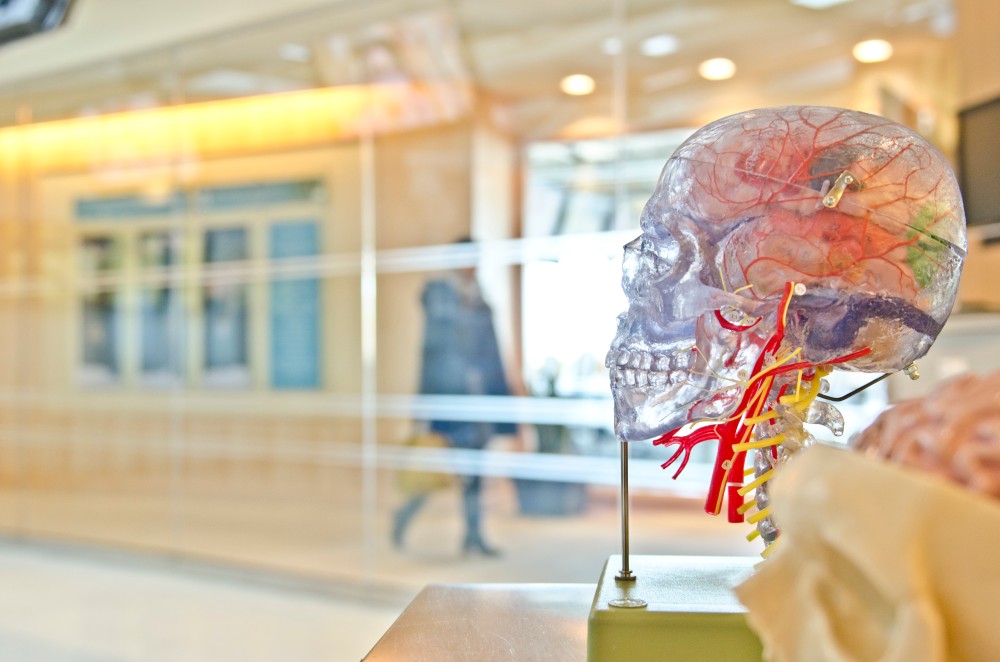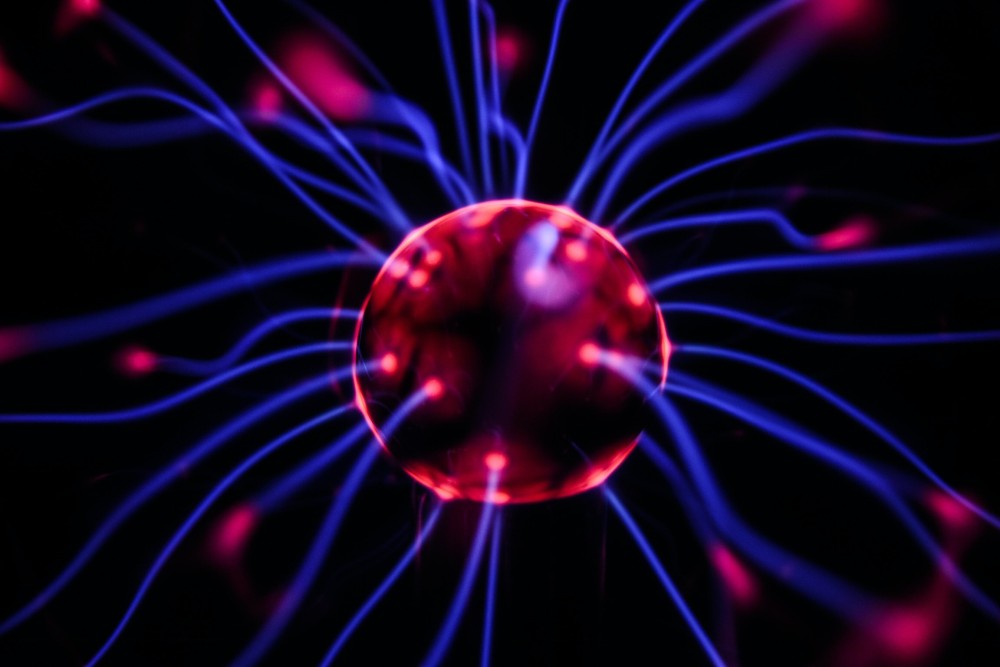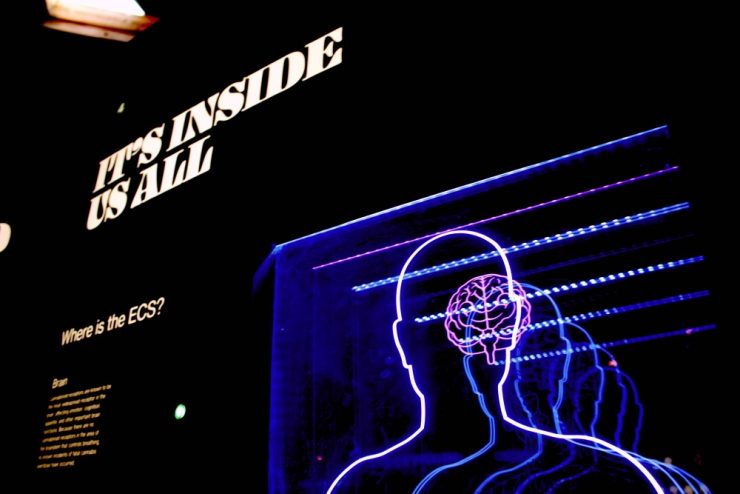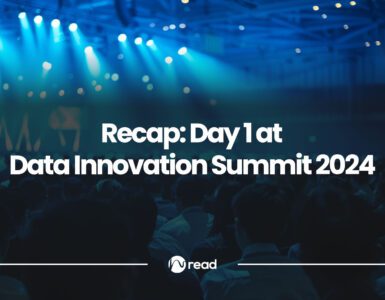AI holds a huge promise to help us understand, predict and classify complex mental health diseases. But it can also have a huge impact on breaking the stigma that unfortunately surrounds mental health illness in many parts of the world.
The relationship between AI and neuroscience is mutually beneficial. Thanks to the similarity between our brain and artificial neural networks, AI can help us understand our complex minds. On the other hand, neuroscience has always been an inspiration to make the network more intelligent and human-like.
This is a profound topic that Smriti Mishra, Head of AI at Earthbanc, will enlighten during her NDSML Summit session on The link between our mind and AI. Inspired and impatient to learn more, we invited Smriti Mishra to tell us more about how AI can help us understand our mysterious minds, how AI can be a benefactor and a beneficiary of neuroscience, and her take on the AI challenges and trends from a broader perspective.
Learn more about the NDSML Summit
Hyperight: Hi Smriti, welcome to the NDSML Summit 2021. We are thrilled to have you with us. As a start, could you please share a few words about yourself, your background and your role at Earthbanc?


Smriti Mishra: Thank you, I am extremely glad to be a part of the NDSML Summit 2021. I am working at Earthbanc AB as the Head of Artificial Intelligence (AI). I am building supervised deep learning models for carbon verification for both tree and soil carbon, as well as monitoring forest biometrics. I work with data collection, data pre-processing, and building and testing of predictive models.
Previously, I worked at KTH Royal Institute of Technology in the field of Computational Neuroscience to understand the signals and patterns inside the human brain and to study why people lose memory in diseases like amnesia or dementia.
My experiences also include predicting clinical outcomes after shoulder arthroplasty surgery, where I worked on a deep learning model employing a minimal dataset and the minimum number of features. I have also worked at the Indian Institute of Science, on the implementation of Non-Thermal Plasma in Environmental Remediation. I also worked on PISat, which was one of the first student satellites launched by the Indian Space Research Organization, and published the findings during the International Astronautical Congress (2018). I have a degree in Bachelor of Technology in Electronics and Communications Engineering, with a specialization in Signal Processing.
Hyperight: Your NDSML Summit 2021 session will cover a particularly thought-provoking topic – The link between our mind and AI, and how the brain’s similarity to neural networks can be used to better understand mental diseases. How can AI and neural networks help in better understanding such complex mental health diseases?
Smriti Mishra: Yes, that’s what I would be speaking about. AI, if used correctly and cautiously, is very promising both in understanding the complex mental health diseases and even transforming mental healthcare. AI can be very beneficial in predicting and classifying mental health disorders. It can also help subgroup them based on mood disorders, anxiety disorder, or if they are co-occurring (for example, depression which is an anxiety disorder can occur with a mood disorder) etc. Also, AI can potentially achieve high accuracy, as we keep developing more robust and advance AI techniques, it will be possible to help mental health practitioners re-define mental illnesses more objectively than currently done in the DSM-5, identify these illnesses at an earlier or prodromal stage when interventions may be more effective, and personalise treatments based on an individual’s unique characteristics.
Neuroscience has always been a key inspiration behind the history and development of artificial intelligence and of course, there is still so much to learn from it.
Obviously, this needs to be done with a lot of caution and a lot of research is required for the same. I also believe the amalgamation of AI into identifying mental health illnesses could also reduce the stigma surrounding it, as it is still an issue that’s frowned upon in a lot of parts of the world. When we analyse it using advanced neuroscience tools and using AI, it might be sought after as a more acceptable illness, or something closer to a physical diagnosis.


Hyperight: AI has a huge potential to advance human healthcare if applied correctly. Building on your experience in Computational Neuroscience, what are the biggest opportunities for AI in neuroscience? Can AI help neuroscience, or can neuroscience also improve AI?
Smriti Mishra: In my experience, one of the biggest opportunities for AI in the field of neuroscience is doing more biologically plausible research and creating a visual perception of the unique features of human cognition. That will lead us in understanding and knowing so much more about the human brain, which still is a mystery to a huge extent. This also eventually will lead us to understand mental illnesses, triggers to mental illnesses and the best way to recover from them.
Biologically-inspired artificial neural networks and computational neuroscience approaches that attempt to elucidate brain networks are gradually getting closer to experimental neuroscience. However, this would definitely require a lot more research and more conversations and collaborations between neuroscientists and AI researchers. It’s very fascinating how both can learn from each other and develop even further.
How can neuroscience benefit from AI? As we all know, brains are far too complex for us to understand at present. I read a book called “The Psychopath Inside” by James Fallon, where he explains the brain in terms of a 3*3 Rubik’s cube (it’s still so impossibly difficult to understand and visualise without prior knowledge). This is where AI jumps in, according to me, and can be employed in a number of ways. Using AI we can produce new tools or applications to come up with connections or general theoretical principles. This will help us understand the complex machine that our brain is.
Also, on a more logical level, AI can help us visualise the different patterns in a brain and try to find the underlying reason for the difference in patterns (as well as analyse the effects). For example; certain types of overlapping in the brain cause people to lose memory for a short duration of time – this can be visualised and studied using Recurrent Neural Networks (RNNs).
We can also visualise using AI-driven tools, what part of the brain is getting affected to understand more about different mental illnesses which also might co-occur, diseases like depression, PTSD, OCD, schizophrenia, etc., by analysing what parts of the brain are more active and which ones are not.
Also, modern neuroscience tools such as multi-electrode arrays, real-time imaging, Functional magnetic resonance imaging (fMRI), etc., produce massive amounts of datasets that depend on AI to be analysed and dealt with.


How can AI benefit from neuroscience? Neuroscience has always been a key inspiration behind the history and development of artificial intelligence and of course, there is still so much to learn from it. Neuroscience has always been an inspiration to make the network more intelligent and human-like. There are two key points to it: One is that Artificial neural networks try to replicate or imitate human intelligence. Now with ideas comes a structure in which you would envelop your idea, that’s the second key point here; artificial networks also tend to mimic the brain structure. Transformations made using AI are breaking the internet nowadays. We hear how reliable and accurate AI is getting, however, it still has a lot to learn from our brain/neuroscience.
As AI networks are inspired by the structure of a human brain, so are the neurons in the neural networks. The neural networks in AI have very similar characteristics when compared to the biological neurons in a human brain. The basic working mechanism is that when one neuron cell gets activated, it generates a spike and sends signals to other neurons. In artificial neural networks, which also have interconnected neurons, when a neuron receives an input, it gets activated and passes on the information to the other neurons. It works very similarly to our brain. In a simple example – we keep getting better at the task we perform often in real life. In a similar way, we train the AI on a lot of data. The artificial neural network has X number of connections and each connection on the neural network is associated with a weight. Weight decides how much influence the input will have on the output. Biases, which are constant, are an additional input into the next layer that will always have the value of 1. During the training process, we tune the weight from node x to node y as required. However, there’s a lot to learn about the plasticity and the malleability of the human brain and try and implement them into AI networks. It is ongoing research to make AI more human-like and more versatile. For example: As a human, I can walk even with my eyes closed. But for the AI model to do the same task in a new environment (‘walking’ with ‘eyes closed’) will probably not work well.


Hyperight: What do you see as the biggest challenges with AI?
Smriti Mishra: AI is fast, it’s reliable and it’s everywhere. These reasons are enough to know how dependent we are on AI.
The biggest challenges in AI-based in my opinion are:
- Privacy :
- AI with the help of machine learning can predict some sensitive information about an individual in the forms of data. Most of the time the individual might like to keep this information anonymous, such as their political views, ethnic identity, sexual orientation, and even overall health records. Such information can be determined from data such as activity logs, location data, and similar metrics.
- Several consumer alliances, such as smart home devices, etc., have features that make them highly likely to be exploited by AI, while the consumers are unaware of it.
- The required computing power to process huge volumes of data can be difficult to obtain. For example, the game called AI dungeon was trained using 30 GB of data. It would not work well at all on a regular system. More advanced machines and GPUs would be required, which can be expensive, especially for a freelancer or small startups.
- The problem of bias in AI is an issue that’s existed for years and is still not solved. One of the major causes for bias to occur in AI is not having sufficient training data to train the model on. I recently came across a study that was 99% accurate in detecting male faces, but did not work so well with women. The reason is that 75% of the data used for training were men’s faces and 25% was women’s. Hence, this problem could be made a lot better if more female faces were also used for training. The more data you train the model on, the better it performs.
- Another important challenge when it comes to AI is transparency. With the black box problem in AI, people sometimes struggle to interpret and trust the solutions provided by AI.
Hyperight: What are the trends in AI we can expect in 2021 and beyond?
Smriti Mishra: After the pandemic, we have seen so many remote options for almost everything come around based on AI. Organisations are becoming more and more dependent on AI and it will be interesting to see how it further transforms our future.
Some trends we can expect in 2021 and beyond are:
- Automation of processes and more intelligent machines will be around more. Tasks like data-collection and analysis might be done using technologies such as Robotic process automation (RPA). This will give us more time for tasks like data analysis and modelling itself. Also, most organisations are migrating their infrastructure to cloud. Automation will become more and more popular in 2021 and beyond.
- Businesses can analyse their results in real-time based on AI. Generating real-time reports using machine learning and NLP and providing the businesses quick and detailed insights. Also, it could be connected with something like Siri, which could help people out with searching important details in the automatically generated reports, or even read them out loud if required.
- In the field of healthcare, I see a lot of improvements using AI. Some use cases could be analysing how the surgery would perform even before doing it. Also, I see the AI models doing this being more transparent and interpretable, so that people can understand and trust the technology.
- NLP powered human-machine conversation is another trend that’s going to be huge in 2021 and beyond. This technology has several use cases and fields of applications – in retail, healthcare, improving customer and employee experiences, etc. This will save time, be cost-effective and provide better insights from customers.














Add comment